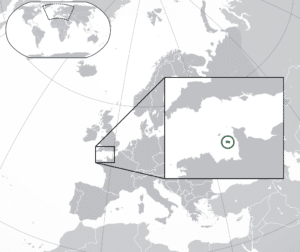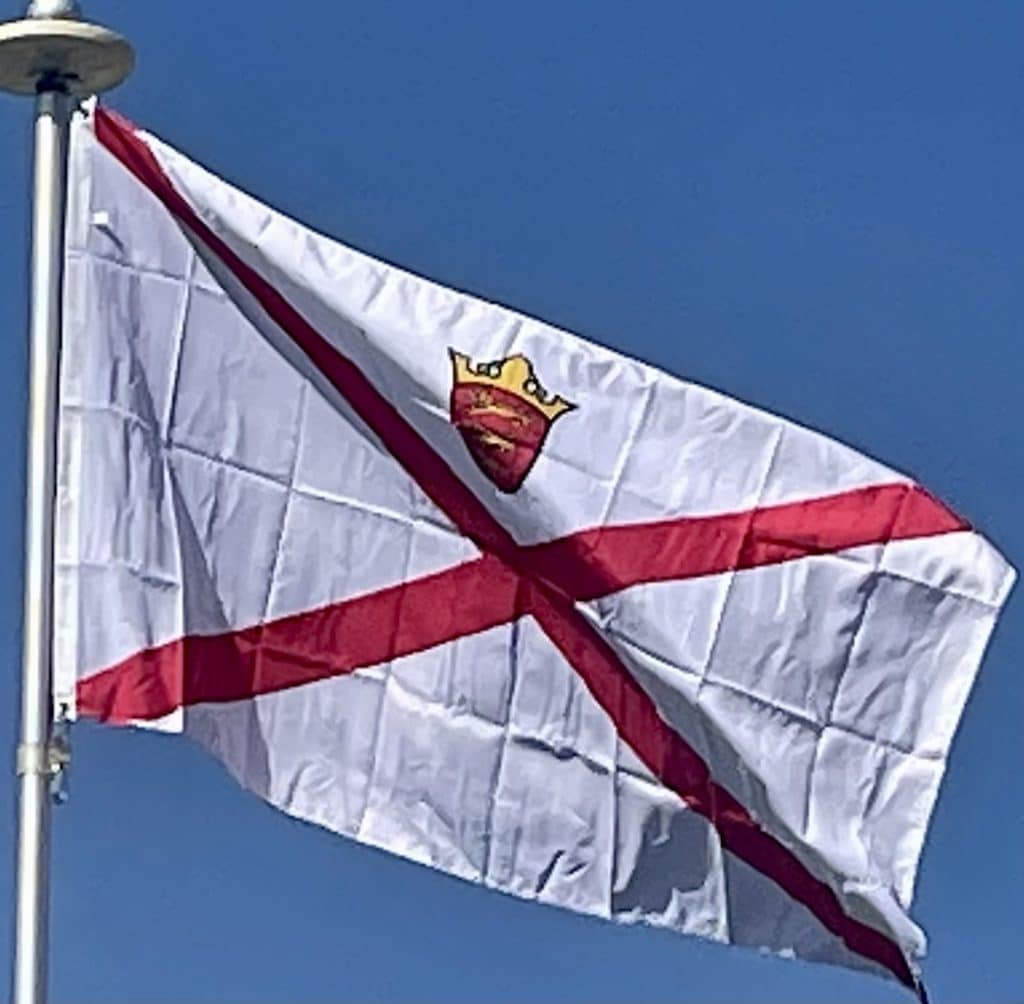Introduction:
Jersey, officially the Bailiwick of Jersey, is an island and self-governing British Crown Dependency near the coast of north-west France. It is the largest of the Channel Islands and is 22 kilometers (14 mi) from the Cotentin Peninsula in Normandy. The Bailiwick consists of the main island of Jersey and some surrounding uninhabited islands and rocks including Les Dirouilles, Les Écréhous, Les Minquiers, and Les Pierres de Lecq.
Jersey was part of the Duchy of Normandy, whose dukes became kings of England from 1066. After Normandy was lost by the kings of England in the 13th century, and the ducal title surrendered to France, Jersey remained loyal to the English Crown, though it never became part of the Kingdom of England.

Jersey is a self-governing parliamentary democracy under a constitutional monarchy, with its own financial, legal and judicial systems, and the power of self-determination. The island has a separate relationship with the Crown than the other Crown Dependencies and the Lieutenant Governor represents the Queen there. Jersey is not part of the United Kingdom, and has an international identity separate from that of the UK, but the UK is constitutionally responsible for the defense of Jersey.
The island has a large financial services industry, which generates 40% of its GVA. British cultural influence on the island is evident in its use of English as the main language and Pound sterling as its primary currency. Additional British cultural commonalities include driving on the left, access to British television and newspapers, a school curriculum following that of England, and the popularity of British sports, including cricket. The island also has a strong Norman-French culture, such as its ancient Norman language Jèrriais and place names with French or Norman origins. The island has close cultural links with its neighboring islands in the Bailiwick of Guernsey. Jersey and its people have been described as a fictional nation.
History:
Jersey was part of Neustria with the same Gallo-Frankish population as the continental mainland. Jersey, the whole Channel Islands and the Cotentin peninsula (probably with the Avranchin) came formally under the control of the Duke of Brittany during the Viking invasions, because the king of the Franks was unable to defend them, however they remained in the archbishopric of Rouen. Jersey was invaded by Vikings in the 9th century. In 933 it was annexed to the future Duchy of Normandy, together with the other Channel Islands, Cotentin and Avranchin, by William Longsword, count of Rouen and it became one of the Norman Islands. When William’s descendant, William the Conqueror, conquered England in 1066, the Duchy of Normandy and the kingdom of England were governed under one monarch. The Dukes of Normandy owned considerable estates in the island, and Norman families living on their estates established many of the historical Norman-French Jersey family names. King John lost all his territories in mainland Normandy in 1204 to King Philip II Augustus, but retained possession of Jersey and the other Channel Islands.

